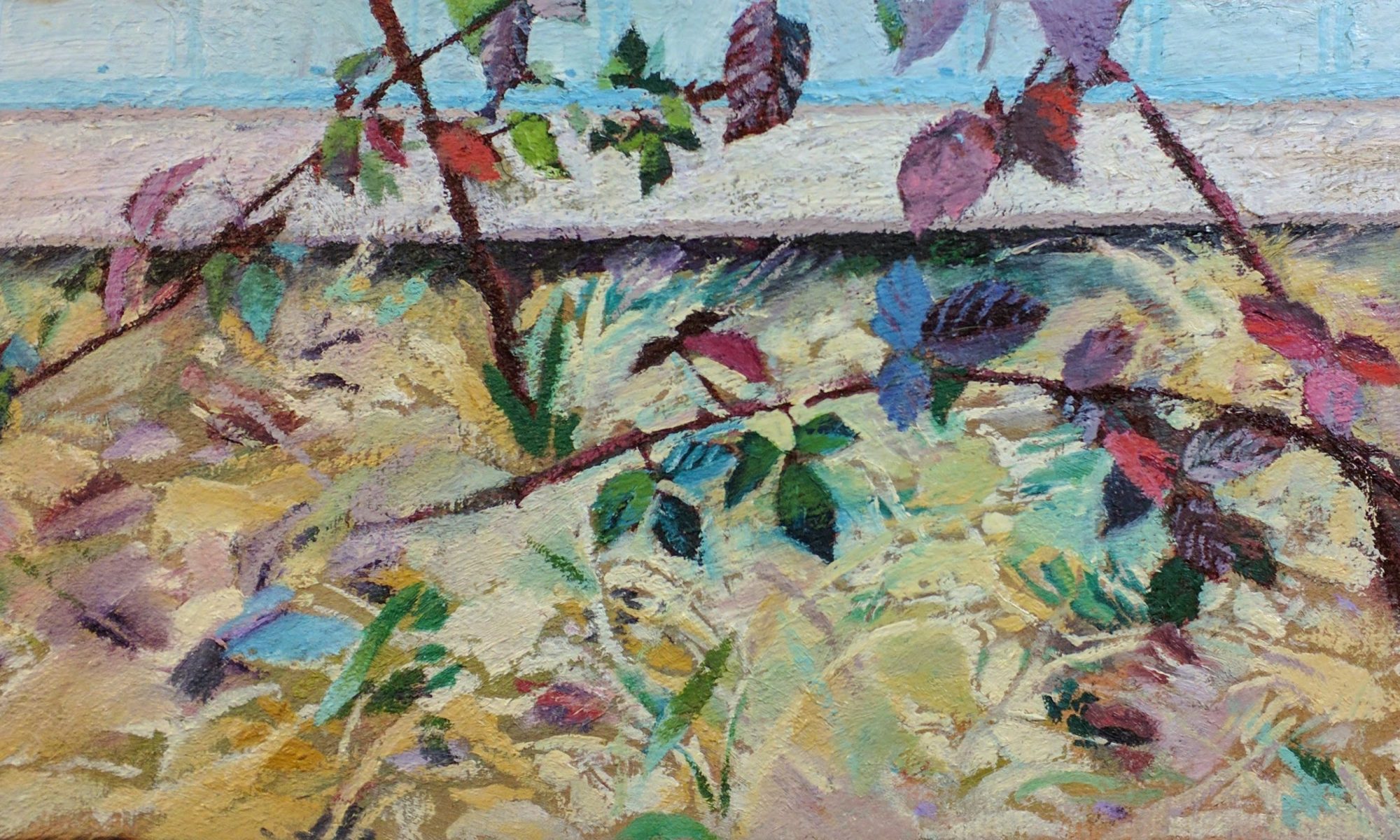I also wrote and posted a guide for how to build this and posted it on my site here with my tutorials. In this blog post I’ll feature more photos, and also lay out some personal context and history.


Artist & Animator
I also wrote and posted a guide for how to build this and posted it on my site here with my tutorials. In this blog post I’ll feature more photos, and also lay out some personal context and history.
